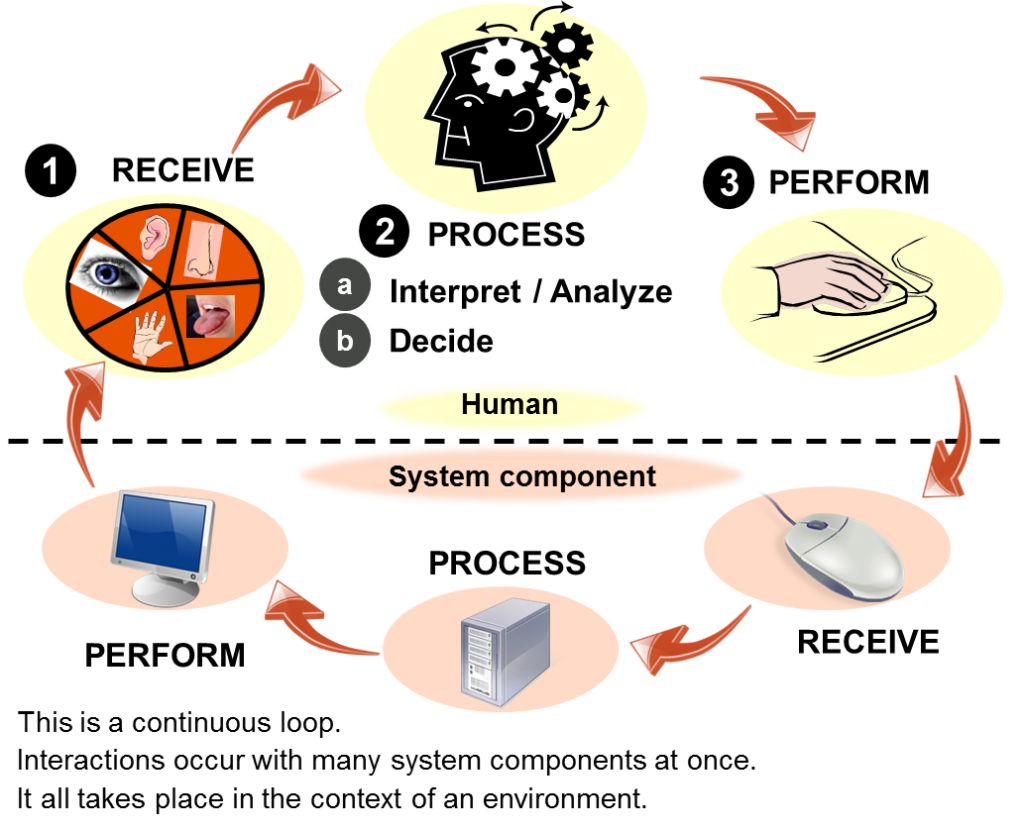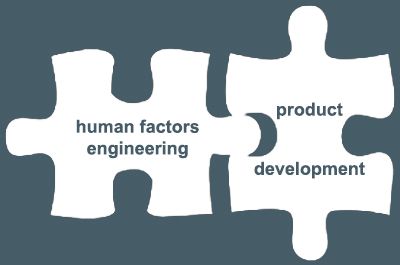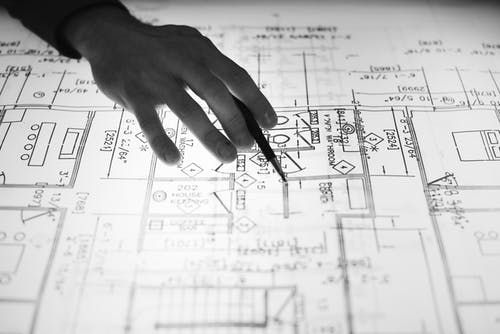Human Factors Engineering
Jul 01, 2019 • 12 views

With the advances in science and technology, we have to constantly interact with machines and engineering systems. The range is wide whether it is a worker in a factory or a driver of motor vehicles or a farmer using farm implements like threshers and tractors for an individual using a sophisticated computer. In each of these cases, it is important that the machines and the manner of their operation should be suited to human abilities if the maximum work output to be released and the study of the efficiency of a person in his working environment is called human factor engineering or ergonomics. The people who are trained in this branch of applied physiology are known as human factors specialists.
How was the importance of the table working environment and machine designs released during world war II 40557 US air force accidents took place in a 22 months period. An analysis of these accidents shows that pilots confused between to control levers, one related to landing and other two Wings of time they didn't even know if they had enough petrol to complete their missions. Soon it was released that selection and training alone would not produce efficient pilot, the equipment itself needed to be redesigned.

For the first time design engineer started working in collaboration with physiologists to try and ensure that the machine system will suit requirements and abilities the shapes of the controlled for landing gear and wings were so designed that the difference between them was obvious and chances of mistake will be eliminated similarly the marking on the fuel were changed to indicate full quantities as Full, Half-full, Empty instead of in actual gallons.

You must have noticed this in present-day buses and motor cars etc. & the initial job of human factor specialists is to see that machine system is designed with the user in mind so that they can run with maximum efficiency and minimum error. for this purpose to study the effect of work environments such as ventilation noise and simulation this lead to improvement in the design of the workplace to make it more comfortable safe and conducive to performance and the duration of the shift is also studied in relation to production to see how long a person can work with full concentration and the speed of the workers reflexes and motor movements has also to be taken into consideration.
The result of human factor engineering may not always be obvious, especially if the effect of the convenience rather than safety(for example, the telephone is one machine that can be easily operated by men women and children alike, so every change in design is preceded by elaborate test and calculations).
Almost all of us use the chair for a varied length of time during the day, but some of us use it for more than 8 hours/day and maybe you are sitting on a chair while reading this article.

According to Jiro Koharo of China University in Japan has studied how chairs affect our body and he found that if the seat of a chair is too high or too long it may disturb the circulation of blood in the thigh blood vessels. If the back of the chair does not support the spine properly, abdominal and back muscles get tired & cause discomfort. Soft cushions in chairs cause the maximum discomfort because they do not help the body balance, so muscles must work continuously to maintain the balance of the body. We often do not realize it, but most of the things we use in our daily life have been designed keeping the human abilities and conveniences in mind.
